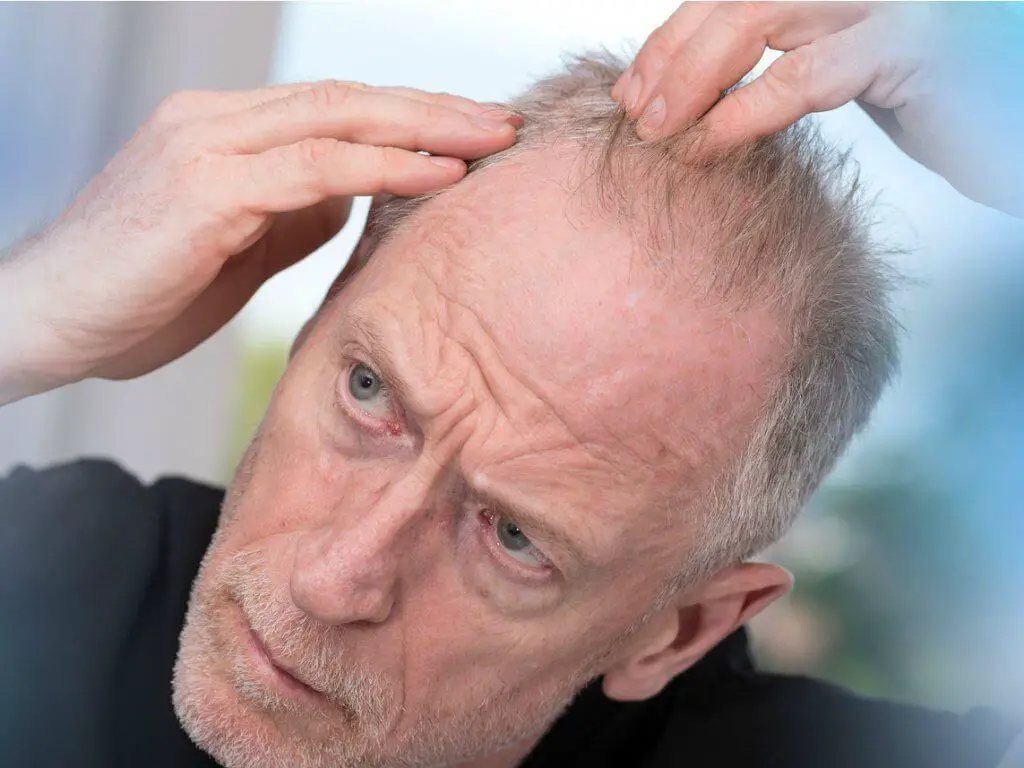
Hair restoration today means much more than a toupee. Surgical and nonsurgical solutions are available to help restore thinning hair and prevent future hair loss. If you’re one of the 80 million Americans experiencing hair loss or thinning, consider one of these options.
Surgical
- Follicular Unit Transplantation (FUT)
Also referred to as the “strip method,” FUT is a surgical hair restoration technique that involves extracting a strip of hair-bearing donor tissue from the scalp. The strip is dissected to separate the follicular units (usually containing between 1–4 hairs), which are then meticulously grafted to balding areas. The entire process is very time-consuming and requires the expertise of a highly skilled surgeon, but the results are permanent and can be very natural-looking.
- Follicular Unit Extraction (FUE)
FUE is another type of hair transplant surgery that is often preferred over FUT because it leaves no visible linear scar on the scalp. In this procedure, a special tool is used to extract hair grafts 1-by-1 rather than as a strip. One advanced version of this technique, called NeoGraft®, allows for a minimally invasive approach that results in faster recovery time, higher follicle survival rates, and a more natural-looking result. According to the Quatela Center for Hair Restoration near Buffalo, NY, NeoGraft incision sites are inconspicuous, making the technique ideal for people who want to wear their hair short.
Nonsurgical
- Laser Hair Therapy
Low level laser energy can be used to help regenerate cells, including those responsible for hair growth. The laser’s heat energy stimulates epidermal skin cells in the hair follicle bulge and shifts the follicles into the growth phase. This treatment is often recommended for people with androgenetic alopecia, or male/female patterned baldness.
- Topical/Oral Medications
Certain medications may also be able to help some people avoid surgery, or, grow enough hair to be eligible for a hair transplant. The two medications approved by the FDA to treat hair loss are minoxidil (Rogaine®) and finasteride (Propecia). Minoxidil is a topical product (often a liquid or foam) that you can buy over the counter. It helps you grow new hair as well as prevent further hair loss, but only as long as you continue to use the product. Most people see results around 16 weeks.
Finasteride is an oral medication available to men only that is taken daily to regrow hair and prevent hair loss. Rather than working at the level of the hair follicle, like minoxidil, finasteride works on a hormonal level — affecting male hormones that cause balding. Finasteride requires a prescription, and results are visible within 3 months to 1 year.
- Cortisone Injections
Cortisone injections are commonly used to treat male or female patterned baldness. Cortisone is an anti-inflammatory medication that suppresses the immune system, which is thought to play a role in hair loss. Injections are delivered into the scalp by a medical professional (such as a dermatologist) using a very tiny needle. New hair usually begins to grow around 4–6 weeks.
- PRP Therapy
Platelet-rich plasma (PRP) therapy involves using your own blood to regrow hair. The blood contains stem cells with specific growth factors responsible for hair growth. Studies have found PRP therapy is a “simple, cost effective and feasible treatment option for androgenic alopecia, with high overall patient satisfaction.”
During treatment, your blood is drawn and then processed so that only the enriched PRP cells remain. The purified blood is then injected back into areas of the scalp that are bald or thinning. PRP therapy can be used in conjunction with other methods of hair restoration, such as topical or oral medications.
This post is sponsored by the Quatela Center for Hair Restoration near Buffalo, NY.
